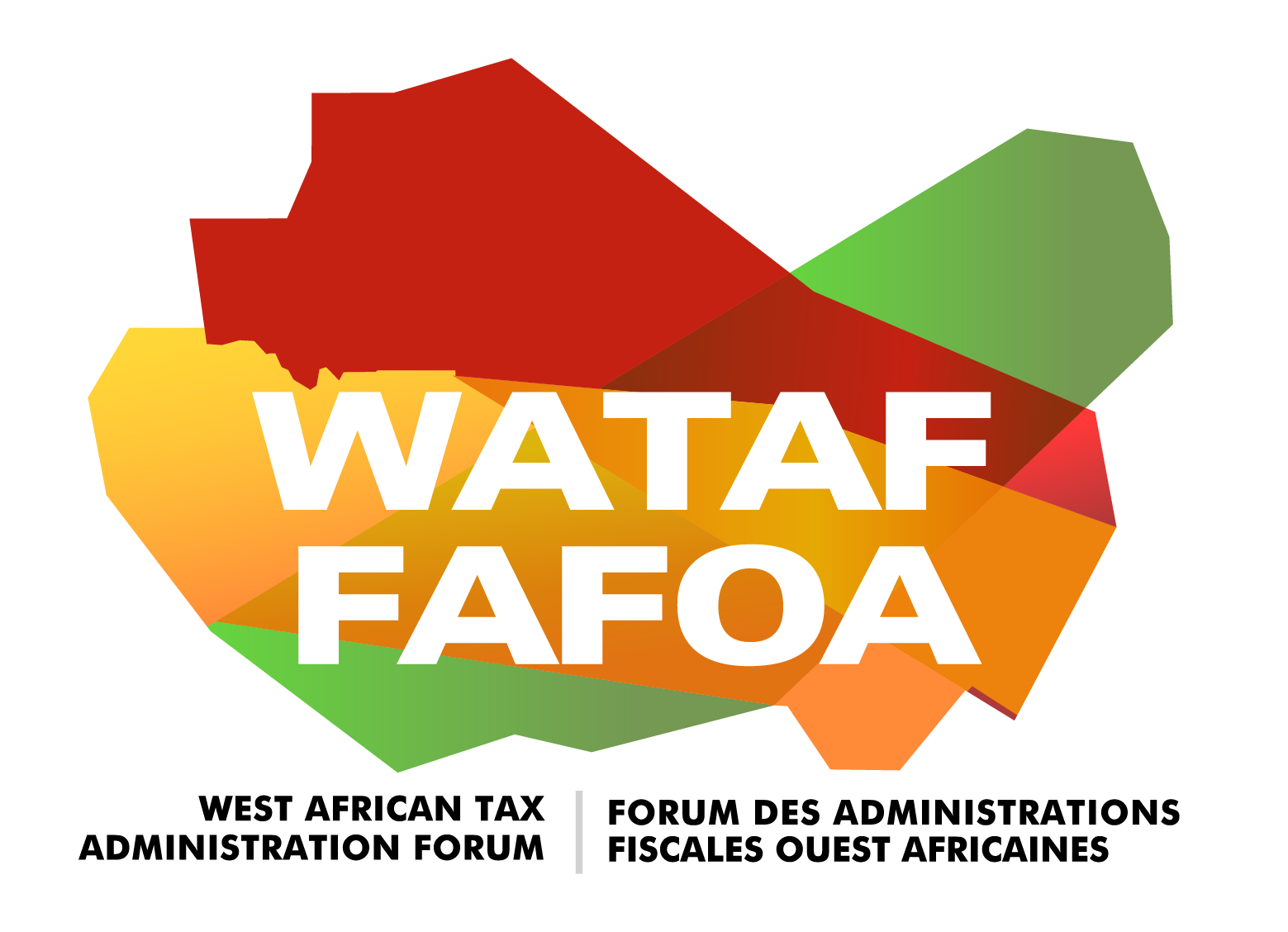At no time in history has it been this expensive to be healthy, and in few places has essential health services been as difficult to access as in Africa? Without a sustainable system of financing health, many would have to make the choice between health and wealth – or the mere absence of poverty. That many people have been driven to make this choice[i] is indicative that an unsustainable health financing system is in place or that there is no health financing system in place at all. Normatively, at least, there are five health financing systems. The fifth is the tax option, and the first four are, simply, non-tax (or to identify them by their given names: social health insurance, private health insurance, community health insurance and user fees).
Social health insurance
This financing system emphasises the compulsory membership of a population. Contributory payments are received from workers, self-employers, enterprises and the government. It delivers health through provider networks or accredited health providers or a mix of both. Some of its functions (such as contributory fund collection and provider reimbursements) would be carried out by government parastatals or non-governmental actors. The social health insurance receives payment from (and serves) only those in regular employment forms. What then happens to those who are not in any form of employment or employed in the informal economy? The government may provide contributions for such groups (as in an archetypical “welfare state”), or it may not. The social health insurance fails to address health issues not covered by its package of basic health – by its definition of basic; waiting times are also known to be notoriously long[ii]. For example, while routine artemisinin for malaria treatment would be considered basic and thus a matter of course, surgeries that the system fails to consider as important would have long waiting times. To not consider surgery as basic when five billion people globally need affordable surgery per year[iii] is astounding.

Private Health Insurance
Whereas the social health insurance enforces compulsory payments, private health insurance welcomes the person who can pay. This way, large patches of people are left uninsured as the un-immediate nature of health risks does not encourage them to keep off short-term spending on their meagre incomes. Private health insurance is also bedevilled by the dual problem of adverse selection and risk selection. In adverse selection, only individuals with higher health risks are suitably motivated to be insured; this raises the average cost of insurance for other people with comparatively lower health risks. For adverse selection, insurers tend to screen individuals who appear before them and take on only those whose health risks are below average. This further perpetuates a culture of exclusion – especially as health risks are positively correlated to the level of income.
An instance of the United States of America’s (private) health care system clearly illustrates the expensiveness of the system. If a patient presents with complaints of a headache, the doctor would be interested in performing a CT scan on the patient before giving aspirin; presents with stomach discomfort and the doctor would be interested in taking you to the operating room for an explorative surgery or laparotomy before given some acetaminophen. Aspirin and acetaminophen would normally solve both problems but the doctor’s circuitous arrival at those conclusions would deliver a ‘higher’ paycheck: payment is proportional to how many procedures a doctor can perform and justify[iv].
Community health insurance
Community health insurance resembles private insurance in its voluntary nature and resembles social health insurance in its population-wide nature. It is however different from the two through the combination of a non-profit and voluntary nature. The hybrid nature of community health insurance aids its side-stepping of the classical problems of private and social health insurance. Its performance is dependent on fund collection, pooling, and purchasing. The lifespan of this system is closely linked to leadership and confidence levels (given the physical proximity of contributors and administrators). Ultimately, a short lifespan of the financing system ensues when that confidence plummets.
User fees
User fees are the “most inequitable” system of financing healthcare[v]. Therefore, it would seem reasonable to dismiss user fees out of hand as a non-system – as far as health financing goes. But metrics would dismiss such a line of action as imprudent: Africa is the region with the fastest-growing rates of catastrophic health expenditure[vi]. These are health expenditures that drive households into poverty. User fees are largely responsible for such expenditures.
Tax-Based Financing of Health
Tax-financing for health involves financing in which the health needs of populations are funded through revenues mobilized solely and strictly from tax sources. These revenues tend not to be from payroll taxes only as is the case with social health insurance scheme. Taxing for health is greatly advantageous as it pools risk and can capture all individuals at different levels of economic activity. Pooling risk allows for whoever has the misfortune of being the first to get sick does not have the added misfortune of being unable to access healthcare or being impoverished by healthcare payments. Risk pooling ensures that people are not separated from the services that they need because of their immediate inability to pay for the same. This is the very particular way in which tax financing outstrips private financing.
While in the social health insurance system, only formal economy workers are enrolled (to the exclusion of the informal workers whose numbers are staggering), income, consumption, property and capital gains mean that all are involved. For example, an individual would be financially unknown to the government as an income earner but would necessarily make taxable purchases if not for economic activity, for private consumption. This widens – in comparison to the other financing systems the prospects for revenue mobilization. Health systems have the particular responsibility of sourcing funds to finance health expenditure. There are many options open to them in this regard. Only the tax option promises much (on the strength of its ability for delinking utilisation from direct payment, population-wide involvement/capture, and progressivity) – especially in light of the COVID-19 Pandemic which would financially squeeze the health sector.[vii]
World Health Organisation/World Bank. (2017). Tracking universal health coverage: 2017 global monitoring report. WHO/World Bank.
Carrin, G., & James, C. (2003). Extension of social health insurance: design,
performance and implementation. Geneva, Switzerland: WHO.
Meara, J.G., Leather, A.J.M., Hagander, L., et al. (2015). Global Surgery 2030: evidence and solutions for achieving health, welfare, and economic development. The Lancet, 386: 569 – 624.
Lyu, H., Xu, T., Brotman, D., Mayer-Blackwell, B., Cooper, M., et al. (2017). Overtreatment in United States. PLoS One, 12(9): e0181970.
World Health Organisation. (2018). Ensuring sustainable financing for universal health coverage in Africa in the midst of changing global and local economic factors: Report of the regional committee for Africa. Dakar, Senegal: WHO
World Health Organisation. (2018). Ensuring sustainable financing for universal health coverage in Africa in the midst of changing global and local economic factors: Report of the regional committee for Africa. Dakar, Senegal: WHO
Tandon, A. (2020). Presentation on economic impact of COVID-19 on fiscal space for “filling the coffers post-COVID.” Domestic Resource Mobilization Collaborative, Joint Learning Network
About the author: Nater Akpen is a physician-in-training at Benue State University’s College of Health Sciences, Makurdi, Nigeria. His essay on the digital economy was awarded the 2021 WATAF Essay Prize. Contacts: akpennater@gmail.com; +2347063892783








 Views Today : 68
Views Today : 68 Total views : 38329
Total views : 38329